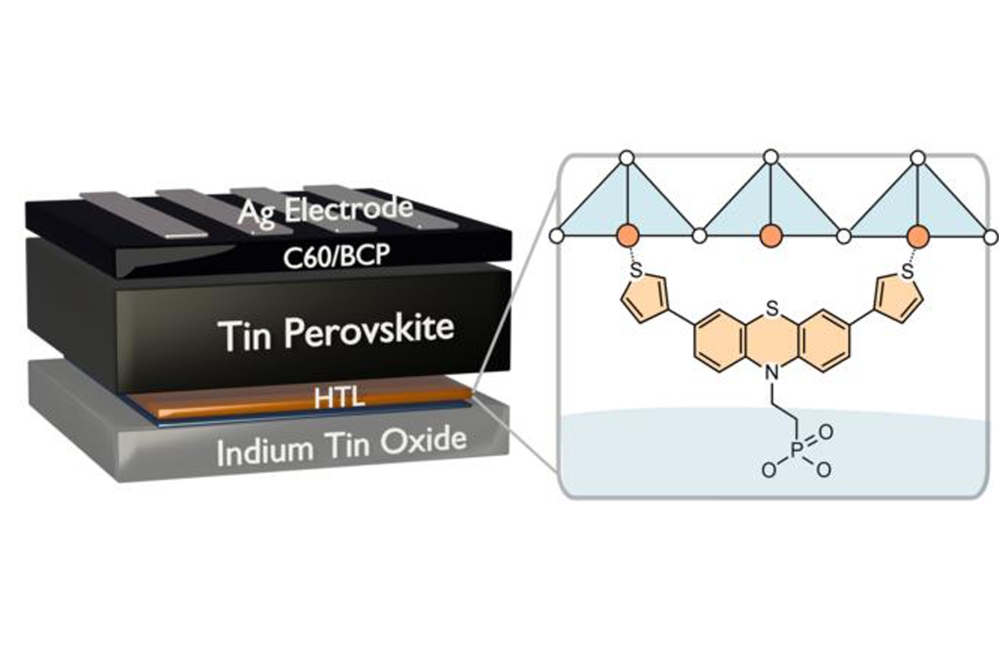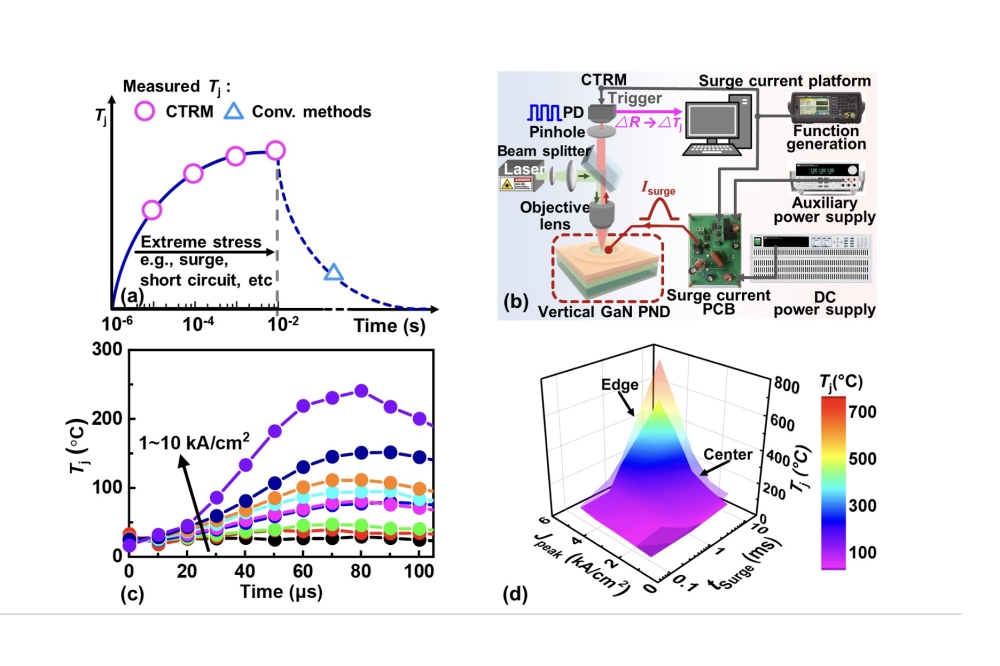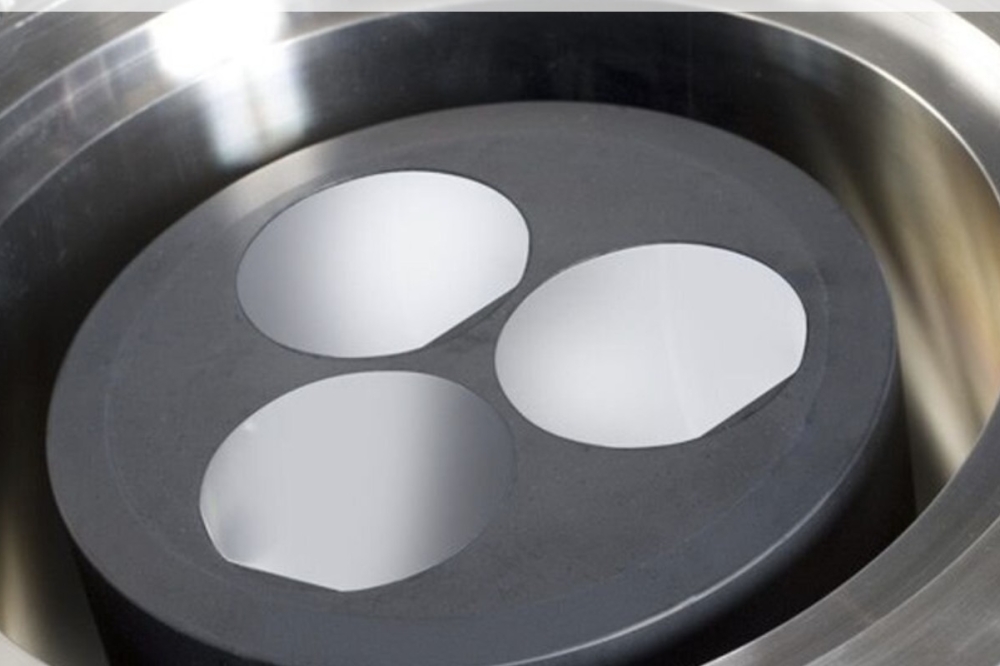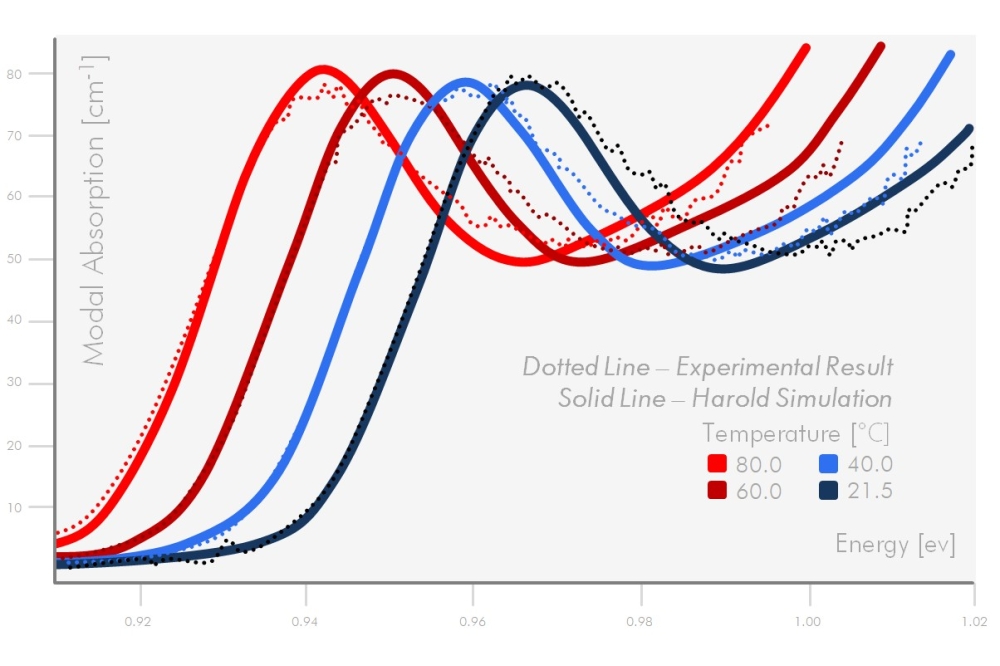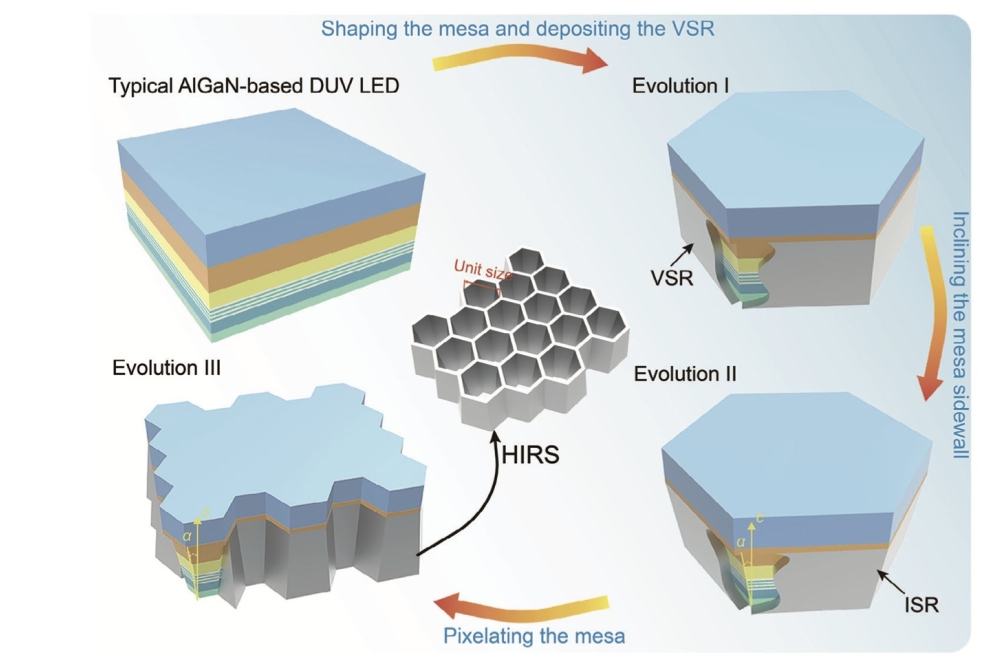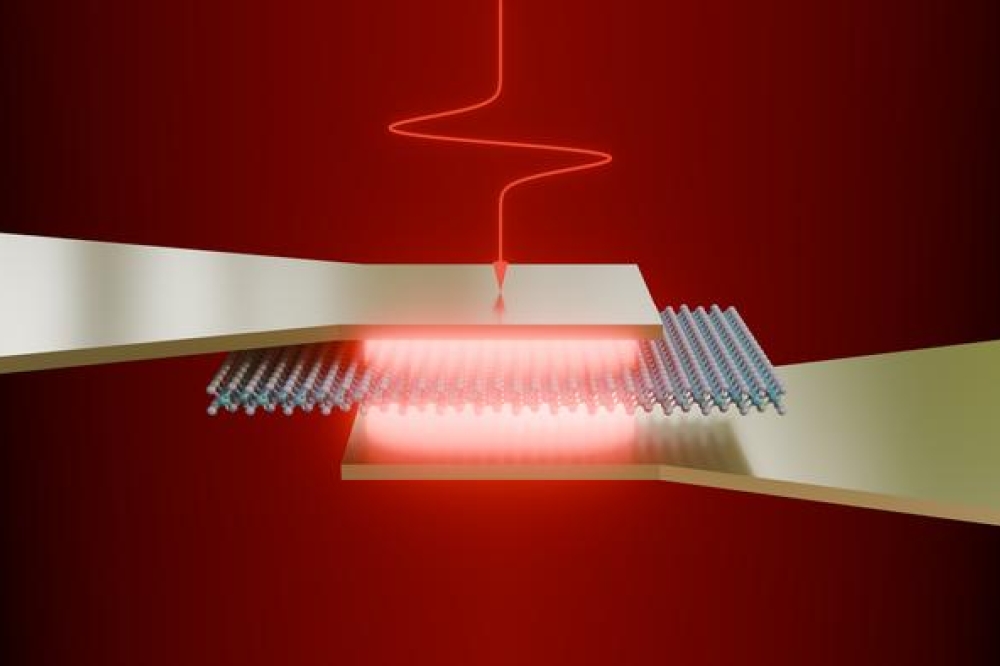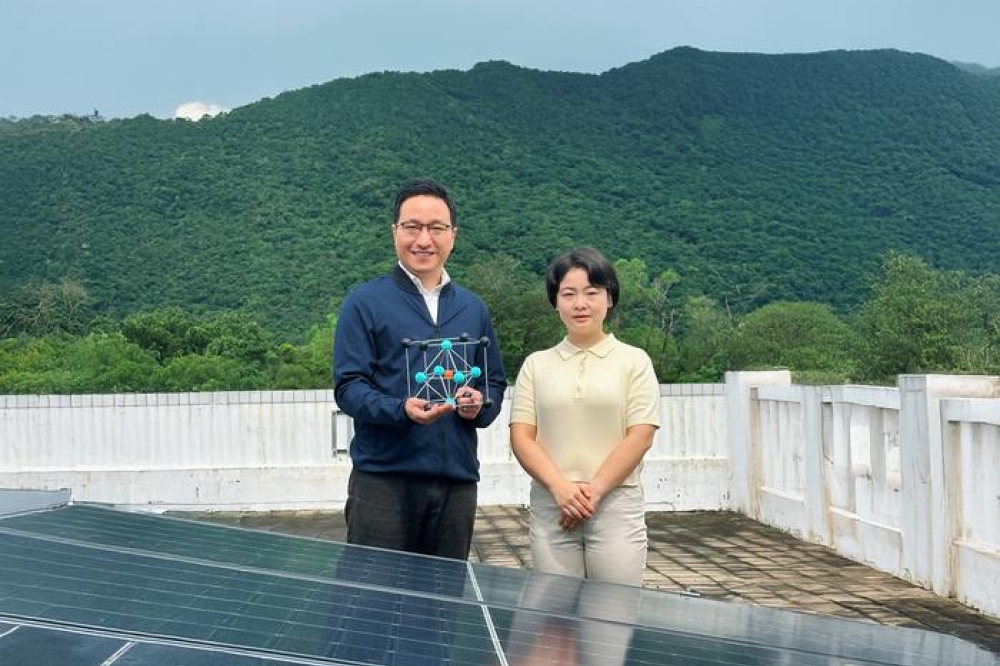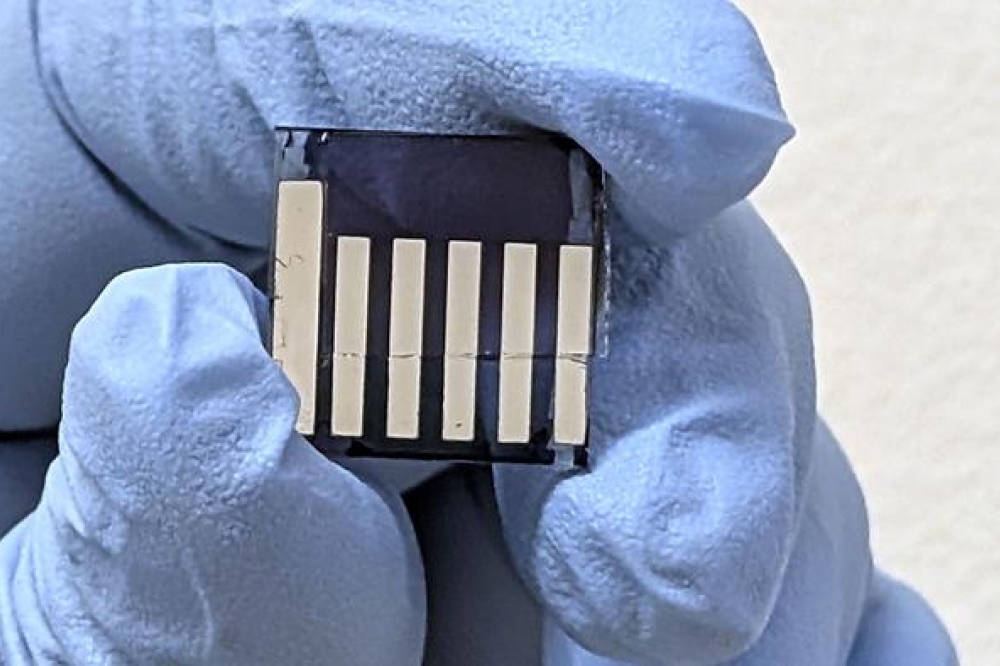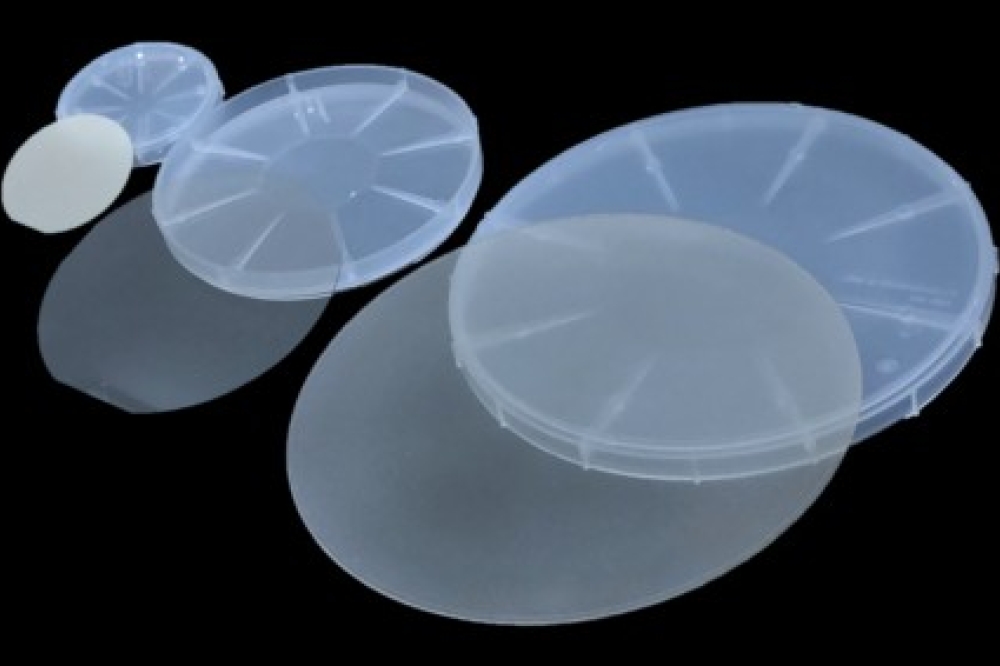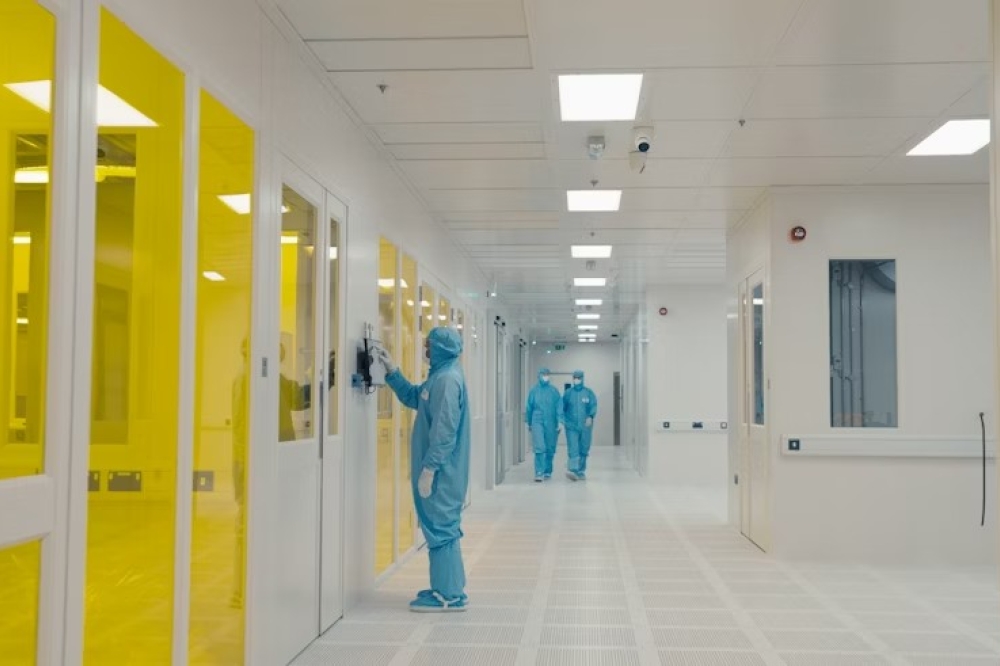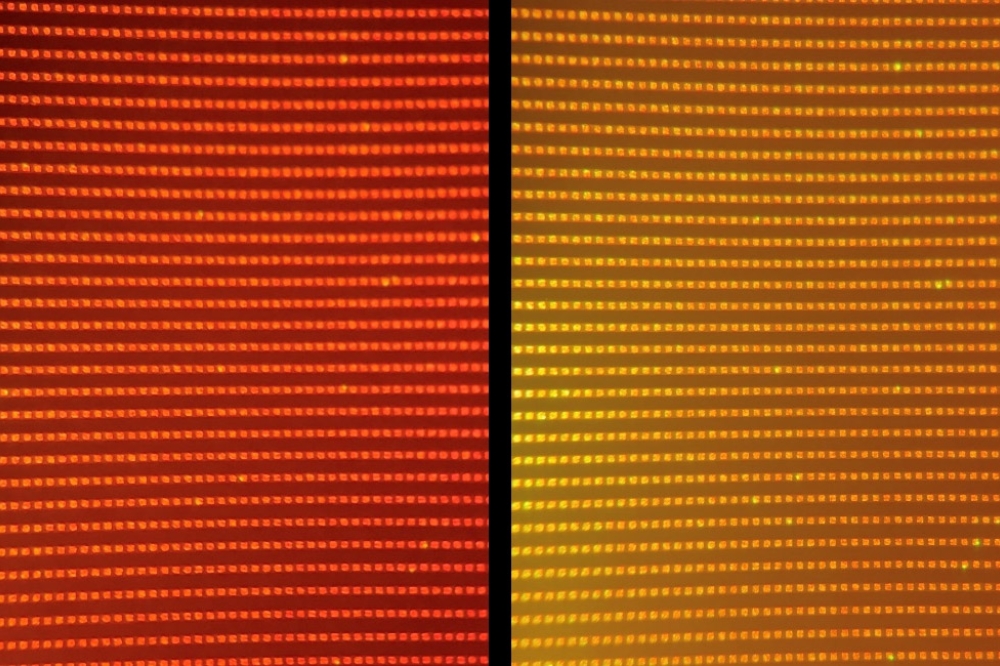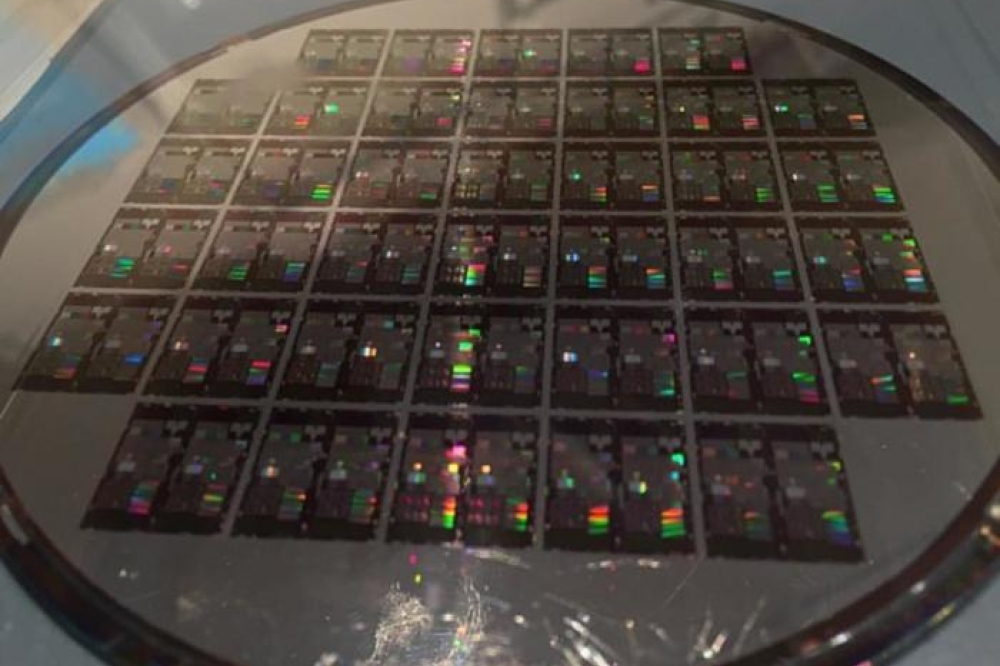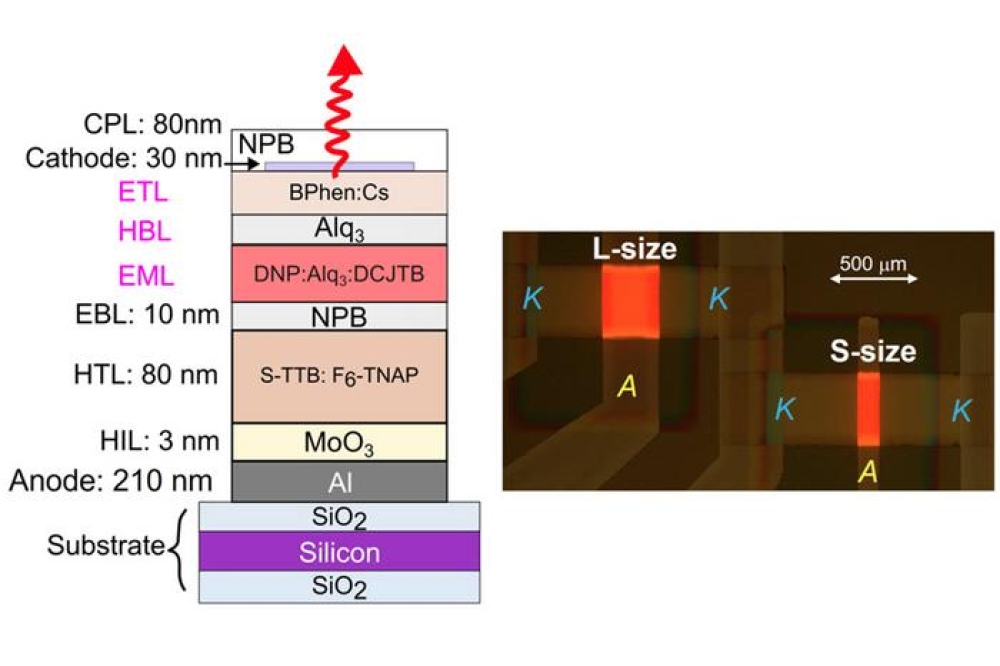€500k ESA project to boost optical comms in Space

Phlux, Airbus and the University of Sheffield get funding to achieve 2.5 Gbps commnications with LEO satellites at 1550 nm
Phlux Technology, a UK manufacturer of avalanche photodiode (APD) infrared sensors, Airbus Defence and Space, and The University of Sheffield have embarked on a €500,000 project to build more efficient free space optical communications (FSOC) satellite terminals.
Funded by the European Space Agency (ESA), the project’s medium-term goal is to achieve reliable 2.5 Gbps communications with Low Earth Orbit (LEO) satellites at 1550 nm wavelength. These satellites orbit the earth at heights of up to 2000 km (1,200 miles). A longer-term aim is to produce links that will operate at 10 Gbps.
Phlux Noiseless InGaAs avalanche photodiodes (APDs) are at the heart of the project. They are used as infrared sensors in FSOC receivers and are expected to deliver 6 dBm more sensitive than traditional InGaAs APDs operating at 1550 nm. This means that they can detect much lower signal levels, enabling faster and higher bandwidth links with low latency to be developed. It also means that adequate performance can be maintained for longer periods because link integrity is maintained over a wider angle as the satellite passes overhead.
One of the key technical challenges with realising FSOC is that the infrared signals used to transmit data are diffracted as they pass through the troposphere, the atmospheric layer closest to Earth. Variations in our atmosphere’s air temperature, humidity and turbulence cause fluctuations in the intensity and angle of incidence of the infrared signal. This makes the beam wander over the signal detector area, limiting performance. This issue is being addressed by developing a large area, high sensitivity APD to produce a wider receptor.
A radiation-hard detector module being developed in this project has other potential applications including space debris monitoring, greenhouse gas detection, and space navigation.
Ben White, Phlux Technology CEO, said: “This project is an endorsement of the value of our patented APD technology developed at The University of Sheffield. With more than an order-of-magnitude improvement in sensitivity over traditional devices, we offer the enabling component that makes other technology breakthroughs possible. Higher performance FSOC links are a perfect example and it's exciting to be working with such prestigious organisations as ESA and Airbus Defence and Space.”
Ludovic Blarre, leading Airbus Space Systems optical communication roadmap said: "The availability of APD products at 1550 nm for optical communication with sensitivities close to those of fibered low noise optical amplifiers could be a game changer for the development of cost-effective laser terminals and optical ground stations. This will be an enabler for the rapid development of optical communication in satellites for direct-to-earth applications and inter-satellite links with data rates below 10Gbps. Our team is delighted to work with Phlux Technology and the University of Sheffield towards this goal and to carry out irradiation tests on their patented APD technology."
Chee Hing Tan from the University of Sheffield commented: “This is a very challenging and exciting project that will provide opportunities for our team to extend our patented technology to an exciting new application in FSOC. Working with ESA we hope to provide a disruptive technology that will accelerate the adoption of satellite to ground FSOC."
As demand for bandwidth grows beyond the capabilities of radio frequency systems, the FSOC market is expected to reach $4.8 billion by 2031 with a compound annual growth rate (CAGR) of 31.3 percent, according to analyst, Allied Market Research.
The first phase of the project runs until the end of September 2025.

